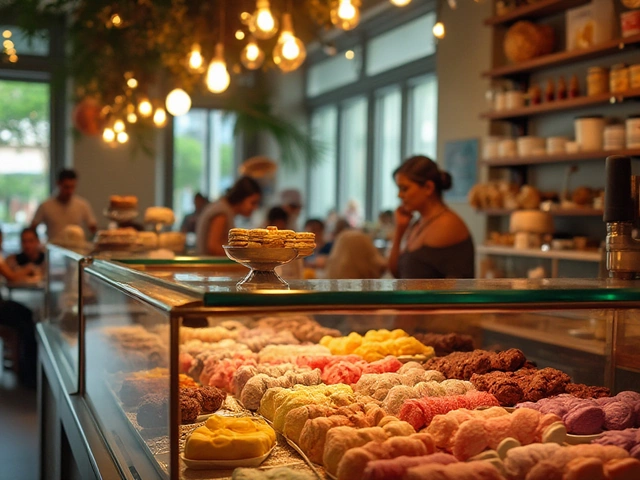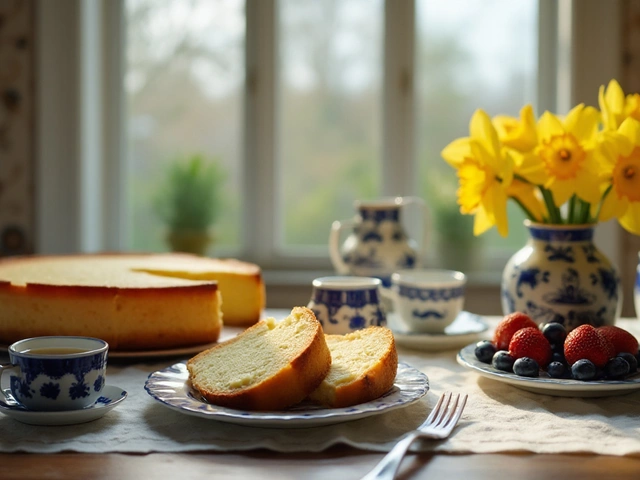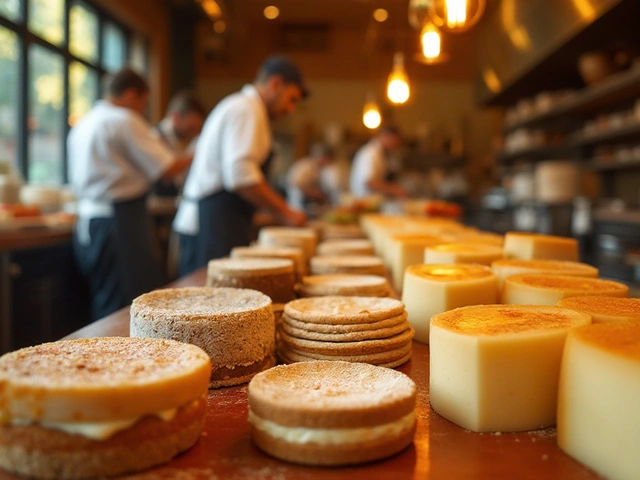Fudge Taste Test: How to Pick the Perfect Chocolate Fudge
Whether you’re a newbie or a seasoned baker, the best way to know if your fudge is on point is to give it a quick taste test. A solid fudge should feel smooth, melt in your mouth, and have just the right amount of sweetness. In this guide we’ll walk through what to look for, how to fix common issues, and share a couple of go‑to recipes that consistently pass the taste test.
What to Check When You Taste Fudge
First, pay attention to texture. Good fudge is dense yet creamy – it shouldn’t be crumbly like a brownie or overly soft like a ganache. When you press a small piece between your fingers, it should hold its shape but give a little under pressure.
Second, notice the shine. A glossy surface usually means the sugar has properly crystallized. Dull or grainy tops can signal that the mixture cooled too fast or that the sugar crystals are too large.Third, think about flavor. Chocolate should be rich without being bitter, and the sweetness level should be pleasant, not cloying. If the chocolate taste feels weak, you probably need a better quality cocoa or a bit more melted chocolate.
Fixing Common Fudge Problems
If your fudge turns out grainy, it’s likely that the sugar broke down into large crystals. To rescue it, re‑heat the mixture to a rolling boil, stir constantly, and then cool it slowly while stirring gently. This gives the sugar a chance to form smaller crystals.
Soft or runny fudge usually means the temperature didn’t reach the proper “soft‑ball” stage (around 235°F/112°C). Use a candy thermometer next time, or test by dropping a small amount into cold water – it should form a firm yet pliable ball.
Too hard fudge? You probably cooked it past the soft‑ball stage. Let it cool a bit longer before the final stir, and next time stop heating a few degrees earlier.
Now that you know what to watch for, let’s try a couple of recipes that consistently nail the perfect fudge.
Two Foolproof Fudge Recipes
Classic Chocolate Fudge
Ingredients: 2 cups sugar, 1/2 cup butter, 2/3 cup evaporated milk, 1 cup semi‑sweet chocolate chips, 1 tsp vanilla, 1/4 tsp salt. Cook sugar, butter, and milk to 235°F, remove from heat, stir in chocolate, vanilla, and salt. Beat until thick, spread in a greased pan, and let set.
Brown Butter Fudge
Ingredients: 1 cup butter, 1 cup brown sugar, 1/2 cup heavy cream, 1 cup dark chocolate, 1 tsp vanilla. Brown the butter first, then add sugar and cream, bring to 235°F, and follow the same steps as the classic recipe. The nutty butter adds depth and often wins the taste test.
Both recipes give a glossy finish and a creamy bite that most tasters love. Feel free to add a pinch of sea salt on top for a sweet‑salty twist.
Finally, store your fudge in an airtight container at room temperature for up to two weeks, or freeze it for longer keeping. If you end up with extra fudge, cut it into bite‑size pieces and dip them in melted chocolate, roll them in nuts, or crumble them over ice cream.
Now you have a clear roadmap for a fudge taste test, troubleshooting tips, and recipes that consistently pass. Grab your ingredients, heat that pot, and enjoy the smooth, chocolatey satisfaction of perfect fudge.






